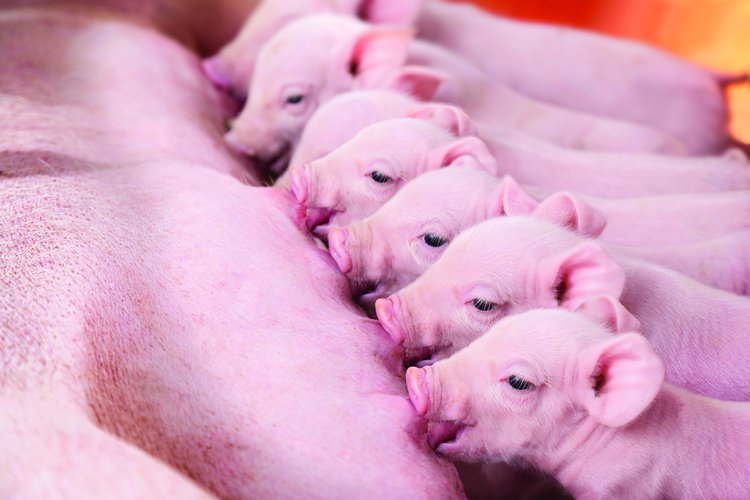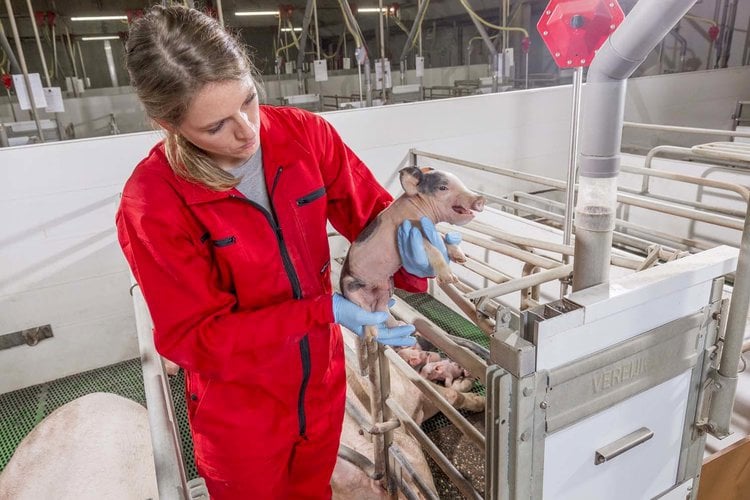
How to recognise
Reports of stillbirth rate in pigs vary between 5% and 10% [1-4] in published literature, however, in highly prolific herds, stillbirth can be as high as 14%. Combined with pre-weaning mortality and perinatal mortality, the total losses to weaning can be 15% to 25% in high prolific herds. All are linked to sow peripartal syndrome. Post-weaning mortality is usually lower, ranging from 1 to 5%, depending on the quality of the piglets at weaning, the weaning process, vaccine and immunity status and health and disease challenges after weaning e.g. streptococcus suis, E. coli.

The impact on the farmer
Piglet vitality and survival before and after weaning have always been key to the sow reproductive performance. Low piglet vitality and high mortality rates can lead to significant economic losses, and even more importantly impacts animal welfare and our wellbeing. Limiting piglet mortality is a critical target for pig producers from all these aspects of wellbeing, animal welfare and economic.

